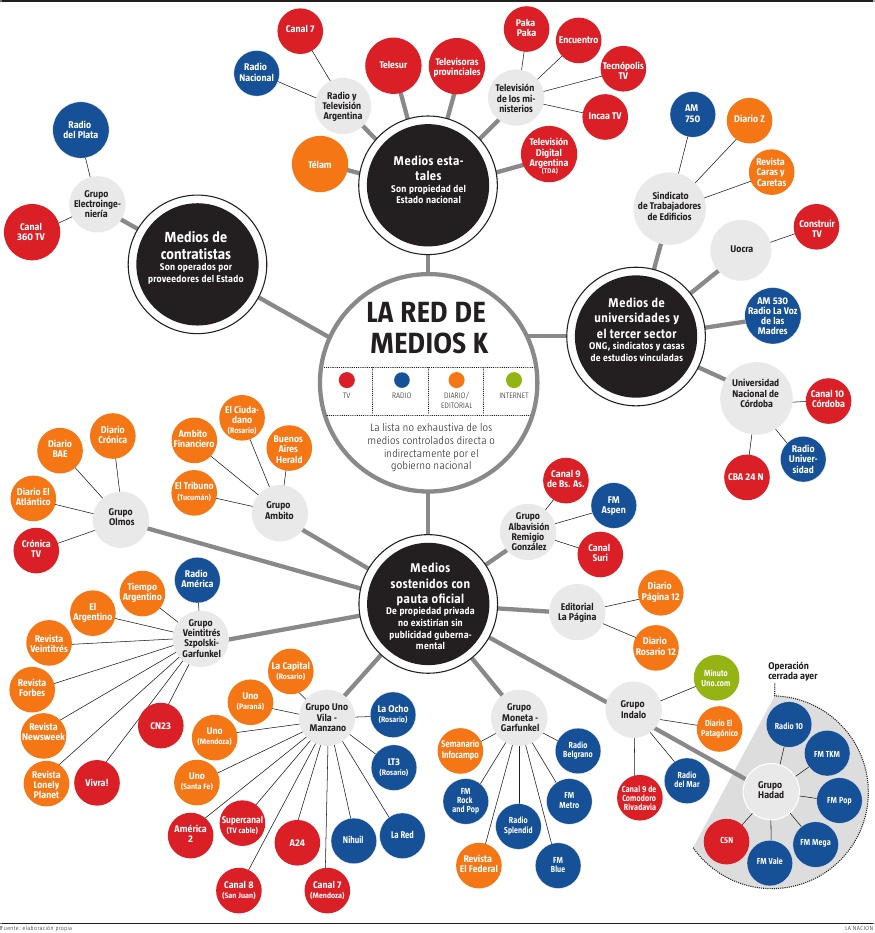If you really want to know what the peso is worth (or at least an extremely accurate representation of the current value from a world perspective), you need to look at the "contado con liquidacion," or "contado con liqui" as it's also called.
If you do a google search for it, you can find an explanation of what it is. It is frequently explained in Clarín and La Nación.
But very simply: There are bonds that trade here in pesos, and in New York in dollars. You simply need to look at the two values to see what the world thinks the current value of the peso is. For example, if the exact same bond trades today in New York for US$100 and in Buenos Aires for AR$850, then the contado con liqui price today is 8.5 pesos/dollar (AR$850/US$100).
Why is this true? Because exactly the same thing is trading at exactly the same time with prices in pesos and dollars. The contado con liqui is usually done with Argentina issued dollar denominated bonds, but the thing being traded could just as easily be stocks, gold, or Big Macs. Same item, simultaneously priced in dollars in pesos.
Why is this a really good measure of the current value of the peso? Because, apart from the just stated reason, it is difficult (but not impossible) to manipulate it. Since the announcement of the blanqueo, the "blue" has come down significantly, and this is in large part due to the government using the ANSES (again screwing the jubilados for political purposes) to dump dollar denominated bonds (hundreds of millions of dollars worth of them). Adding this massive amount of supply in a short amount of time, without a corresponding massive increase in demand, has pushed down the contado con liqui, which in turn has tempered the appetite for the blue, at least for now. [If you have money transferred to you here using XOOM, and you've wondered why XOOM is sometimes out of sync with the blue, it's because it more closely, though not exactly, follows the contado con liqui. It was very notable recently when the blue shot up to 10.50, much higher than the contado con liqui, and XOOM's price was much lower.]
This past week, an interesting thing happened. Even though the ANSES continued its heavy selling, the contado con liqui stopped going down, at least for now. Even in the face of furious selling pressure, the price of the dollar stopped going down. If you're a student of markets, you know that that signals a bottom, at least in the short term, for the contado con liqui, around 8.50.
It should go without saying that nothing in any market is guaranteed, but after reading many of the wild predictions and assertions in this thread, it bears repeating. Nothing in any market is guaranteed. If it were, we'd all be rich. It took years before the dollar (meaning the blue and the contado con liqui) made an adjustment to a more reasonable level, given the very high inflation and gross government mismanagement of the past five (at least) years. The government talks about how they won't devalue the peso, but the peso is already devalued. Who is going to give you a dollar for 5.25 pesos? Nobody. If you know somebody that will, you've already bought all of his dollars.
So where does the dollar (blue, condado con liqui) go from here?
Who knows?
But, you can make some educated guesses based on the above, plus knowing:
- The Argentina dollar mentality is back in force, with good reasons
- The government is still printing ridiculous amounts of money, keeping strong pressure on the peso
- The government is still tightening controls on the dollar, further increasing demand for dollars
- Seasonal vacation demand for dollars will be coming soon
These factors should all limit the downside to the dollar, and make it more difficult and expensive for the government to try to keep pushing it down. At the end of this past week, despite continued heavy selling by the ANSES, the dollar went back up about 5%.
Personally, with the government continuing to emit pesos at a 40% increase year over year, it's hard to bet against the dollar.
But I thought the dollar would be at this level a couple years ago, so don't mind me.

